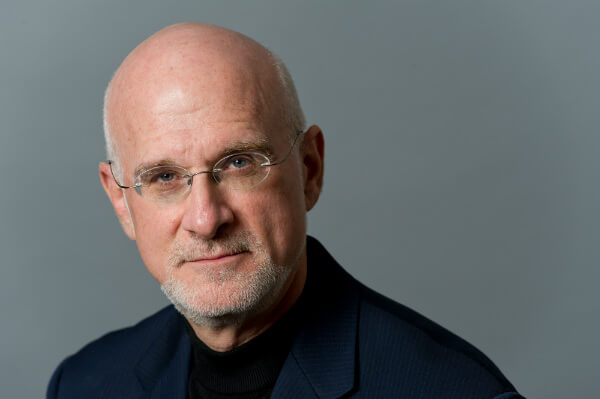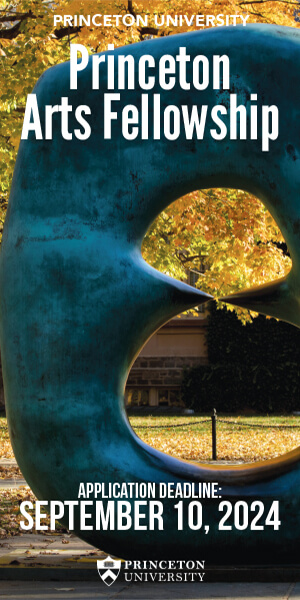Tomorrow night, MATA will hold its annual Benefit at Tibet House (tickets are still available) and will honor two of new music’s leading advocates: Robert Sirota and Steve Smith. We decided to talk to MATA’s recently-appointed artistic director: Du Yun (first name: Yun, last name: Du). Born and raised in Shanghai, China, and currently based in New York, Du Yun is a composer, multi-instrumentalist, and performance artist, working at the intersection of orchestral and chamber music, opera, theater, cabaret, pop music, oral traditions, visual arts and noise. We had 5 questions. She had five answers.
First of all, belated congratulations on your appointment! What do you hope to bring to MATA during your tenure?
Thank you. It was beyond my delight to succeed Yotam Haber’s position at MATA.
MATA has reached an all time high in its number of submissions and its scopes of initiatives. However, the artistic vision will stay the same, which translates to: never the same, ever so new, indefinable and tirelessly creating shifts. And I hope to continue building a tight community for our MATA composers, MATA musicians, MATA artists, and our MATA Alums.
Music, more than ever, is equally about creating content as well as presenting a context. In that regard, MATA also function as a presenting organization. We are thinking about ways we could pioneer in presenting that vigorous duality; we are thinking about how do we reflect and challenge, champion and advocate our composers’ ever shifting and diversifying attributes in their creative practices.
We believe in ambitions, challenging the status quo, shifting the paradigms. Bringing together composers and performers, artists, thinkers, doers, what you have are a host of alchemists. We will shake up something. Not only are we going to stir the culture, we are, equally, if not more so, interested in engaging a certain social shift as well.
And on a personal level, be it concert music, non-concert music, sound art, installation, performative, high art, non serious anti-art — whatever tags come attached to the works — the name, the noun, bears little importance to me. I’m interested in the adjective, the adverbs, and the clauses. In an odd way, I am sensitive to something inherently coherent within anarchy. When we present a plethora collection of them, the body of works speaks for themselves and furthermore, will have an ability to address critical thinking and issues facing a larger community.
Sometimes we cannot know what impact it will have. We are interested in that as well.
MATA will continue to build and further its international reaches, and yet at the same time, MATA will always reflect and serve a local community.
Can you tell me more about this new season?
This year, MATA will premiere MATA Jr. in partnership with Face The Music. This initiative aims to find and present composers who have not yet reached college: in order to have our next new generation of composers, we need to cultivate our younger generation. The MATA Jr concert will take place on November 17 at the DiMenna Center.
We will continue to have our Interval series. As for this upcoming MATA Festival 2015, the programming is falling into place at this point: our featured composers hail from more than 18 countries and regions, ranging from Brazil to Bolivia, Croatia to China, Iran to Israel, Serbia to US. I’m also thrilled to be able to continue our partnership with Holland’s Gaudeamus Festival and the Venice Biennale that was launched last year.
The MATA staff is run by all composers: One thing to be sure, together with our highly dynamic executive director Todd Tarantino and our motor-driven development director Alex Weisser, and with the support from our board, we can work hard to push our limits again.

Robert Sirota – Photo by Brian Hatton
The Annual Gala will kick off this year’s season. Who are you honoring this year?
We are honoring Robert Sirota and Steve Smith. Both Robert and Steve are tirelessly new music advocates in their own rights. Robert, a veteran composer, recently retired as the President of the Manhattan School of Music, as a long time educator, he influenced a whole generation of young composers.
The Sirota family steeps in music community; I treasure that lineage. We have Jonah Sirota, Robert’s son, playing a solo viola piece recently written by his father – this is how music always been passed along over generations. Robert’s daughter, another inseparable new music advocate, Nadia Sirota will be there to introduce our other honoree, Steve Smith. From his work at the TimeOut NY, countless reviews with the New York Times, recent relocation to the Boston Globe, and through his blog, Steve’s passion on advocating our new music community is incommensurable.
Steve Smith told me a very personal story and I will share that with you here:
He recounted that he started his blog Night After Night in part because he was frustrated that he missed a Weill Hall recital by Miranda Cuckson, and nobody reviewed it so there was no way to learn how it went. He feels as if he owes her, “in the sense that not seeing a review of her concert is what made me start blogging, which was the starting point for a lot of what followed. I’ve always wanted to acknowledge that in public somehow.” So we invited Miranda Cuckson to play a piece by Oscar Bianchi (our MATA alum) in honor of Steve.
Meanwhile, in the tradition of MATA’s advocating the next generation of young composers, Robert Sirota recommended a young composer from Hong Kong: so there will be a piece by Angel Lam.
So you see, our benefit gala, embodies this poignancy that MATA stands for: tradition, family, international, innovation, inspiration, heritage, and evolution– music-making at its best. Our performers, our composers and our advocates breathe and weave together in this community in the most organic way.
You are, of course, an active composer and educator. What’s next for you this season?
I’m thrilled to have written a piece for Claire Chase for her 22 year project: Density 2036, which happened this past weekend for two sold out shows at the Kitchen in NYC. Writing for her is a luxury in that I get to write for a person, not just the flute as an instrument. After I come back from Italy and Spain at the end of the month, I’m going to do a performance art piece, a collaboration with one of China’s most upcoming visual artists, Lu Yang, as part of the Field Art Asian Art Week. The piece is a take on her work Cancer Baby, which we will then bring it to Beijing in early December for a pop art event. In the winter I’m looking forward to two other world premieres with the San Francisco Chamber Players and the Shanghai Quartet at the Peak Performance, respectively. Among other openings/performances, I’m looking forward to having one of my collaboration works, Parrallex, with the Pakistani visual artist Shahzia Sikander, open at the Bilbao Guggenheim in summer 2015.
Are you excited about an upcoming show/release/event this Fall? Which one?
Last week I saw the legendary Brazilian singer Caetano Veloso live at the BAM, he’s one of my heroes. I’m excited to see Peter Sellar’s direction of St. Matthew’s Passion with the Berliner Philharmoniker at the Armory this week. And I’m delighted to go to the Venice Biennale soon to hear some of my friends’ works next week. As for the new recording, I’m psyched to hear the new release, Alloy, from the Tyshawn Sorey Piano Trio, out in late October.





















